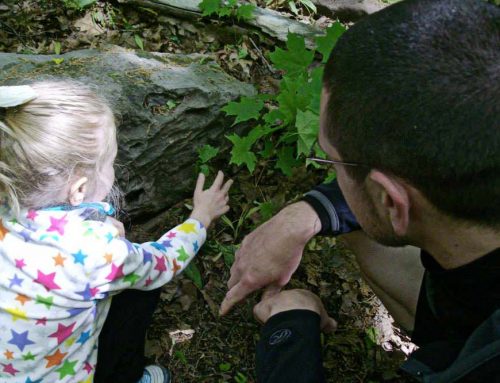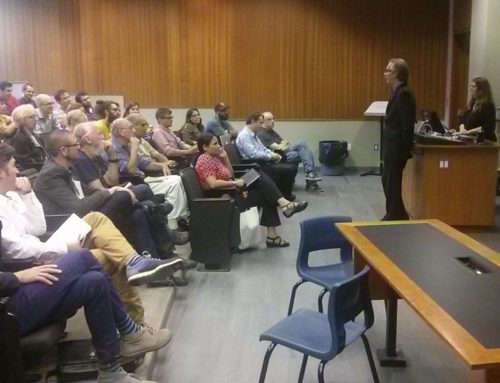Knowledge Infrastructures and Climate Change Science
Paul Edwards (University of Michigan, Department of History and School of
Information)
Abstract: Climate modeling developed in a series of distinct stages. In the
1950s and 1960s, the earliest computer models were built as a “craft” activity by individuals or small groups. By the 1970s, modeling had become a laboratory activity, with larger groups and more specialized roles. In the 1980s, community modeling projects distributed work across multiple sites and institutions (though many labs continued to work in the traditional, local mode). By the late 1990s, modeling frameworks and improved network infrastructure had opened the door to even more highly distributed work processes. Major Earth system models currently exceed 1 million lines of computer code. Efforts to simulate even more aspects of the environment, as well as human activity andeconomics, will make them even more complicated. Thus, organizing modeling work has become a major issue for the Earth system sciences. Meanwhile, a generalized movement toward open source and open access is opening up climate science to a range of outsiders of varying competence (and often with political stakes), raising issues of organization, governance, and trust. Work organization among modeling groups is changing to reflect the complexity of the models, but traditional modes of evaluation (peer review, reputation, trust) are unlikely to be completely displaced. Yet it appears inevitable that increasing openness will lead to more communication with more stakeholders than ever before. The question for both scientists and communicators is whether increased communication can lead to greater public trust in climate science — and if so, how.






